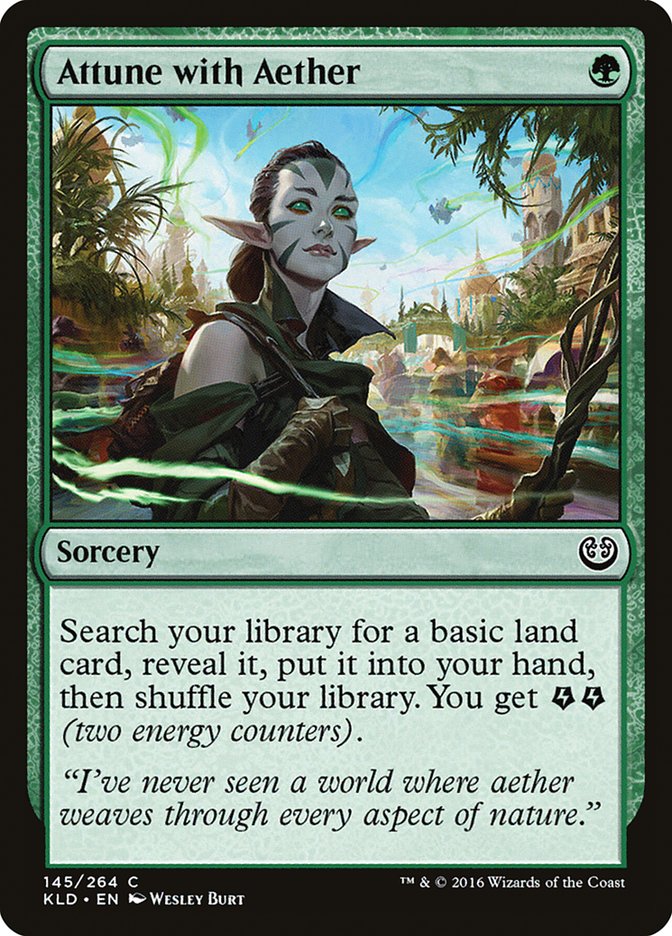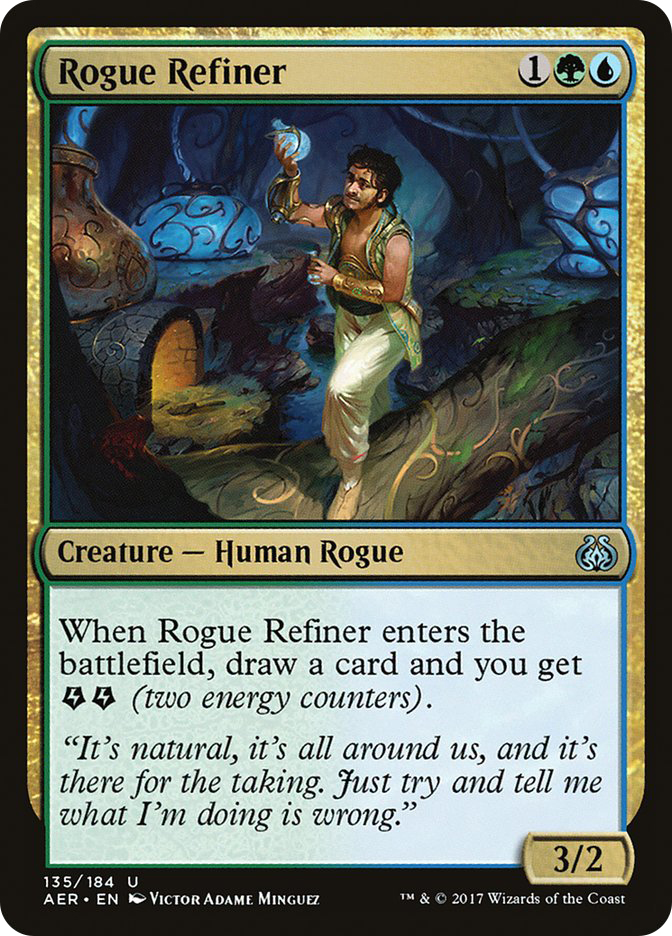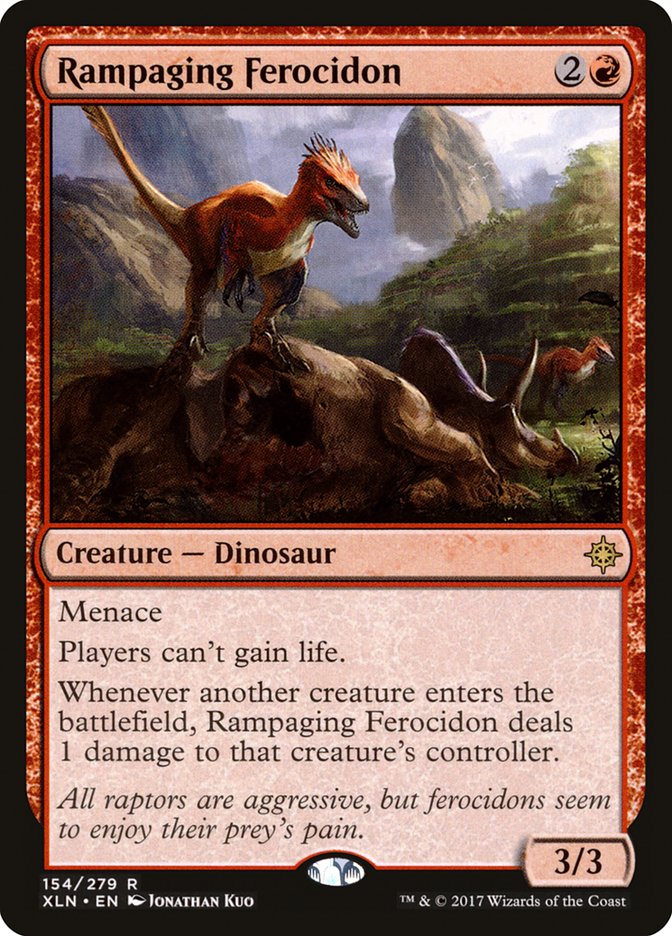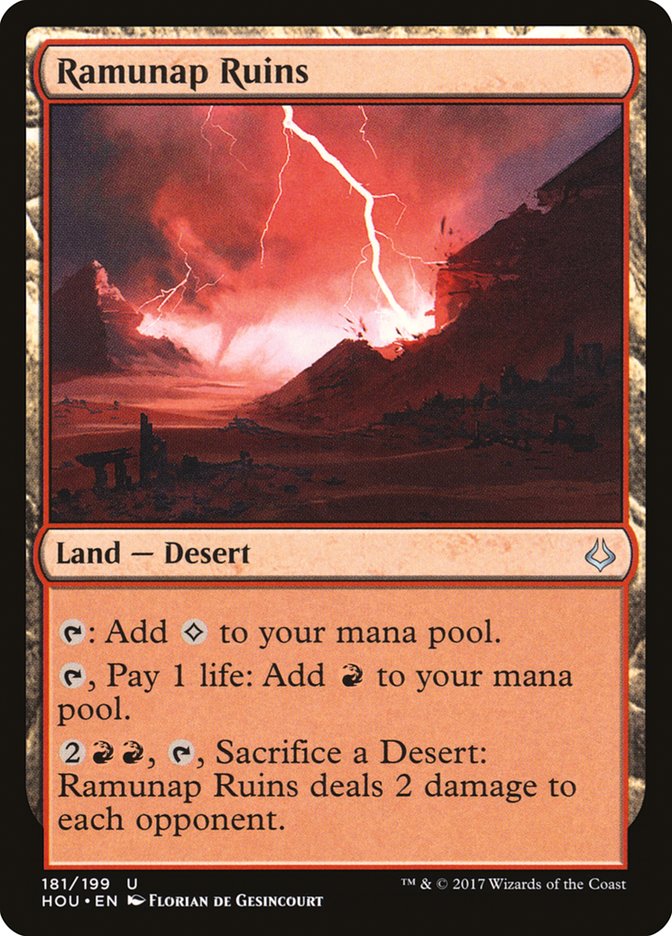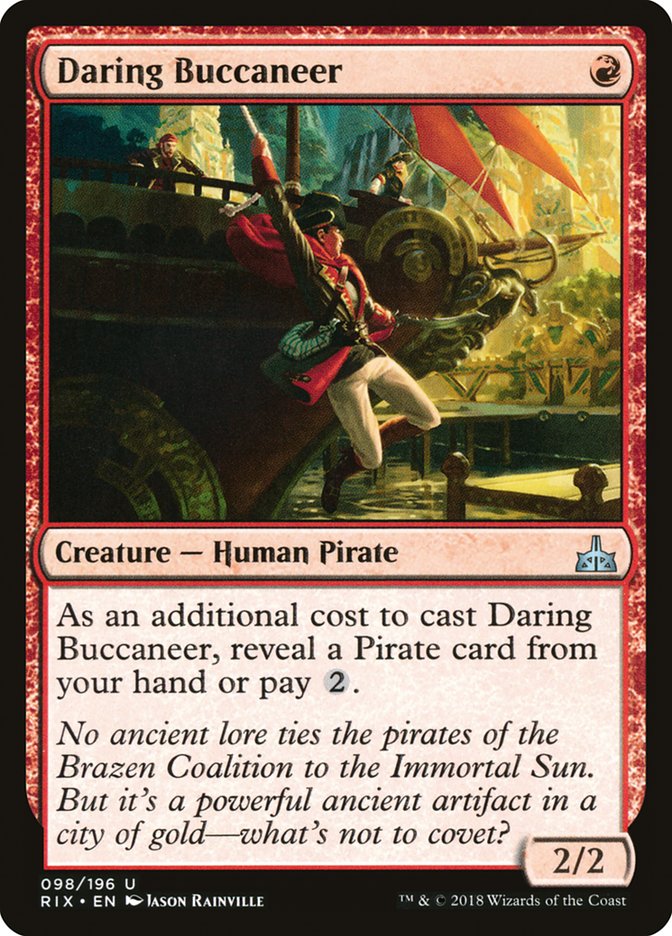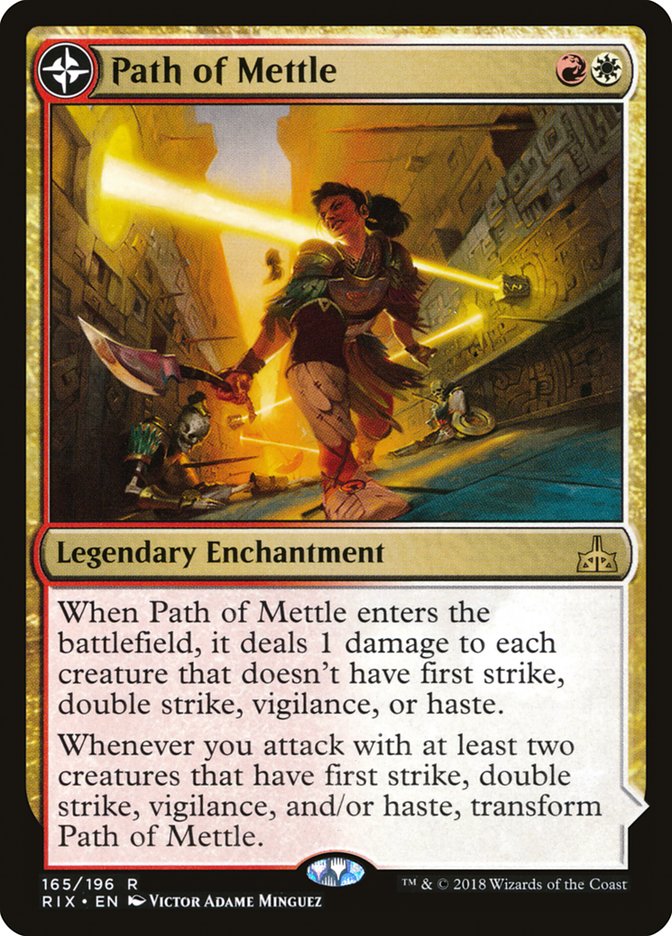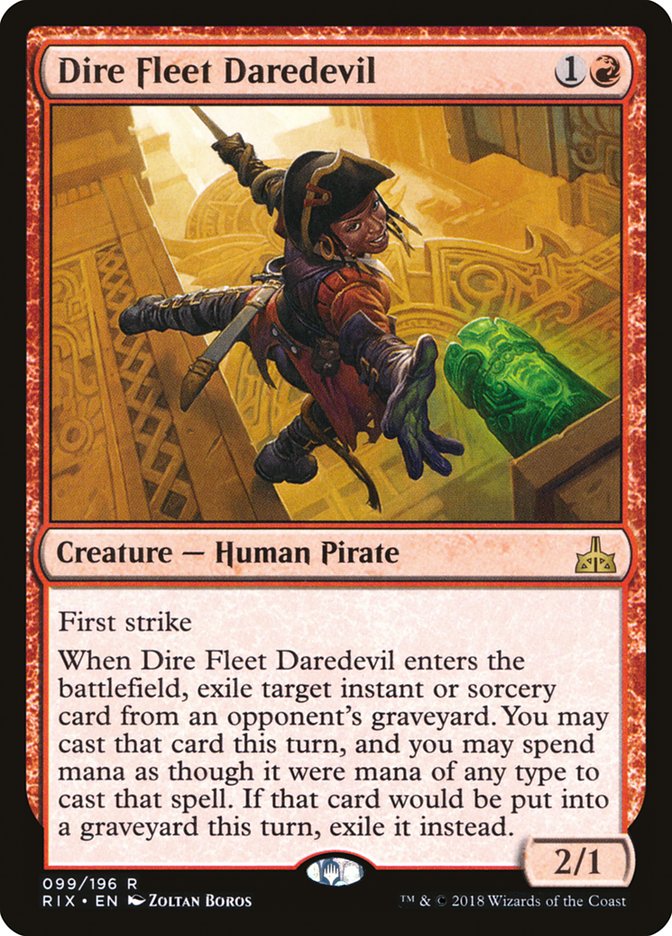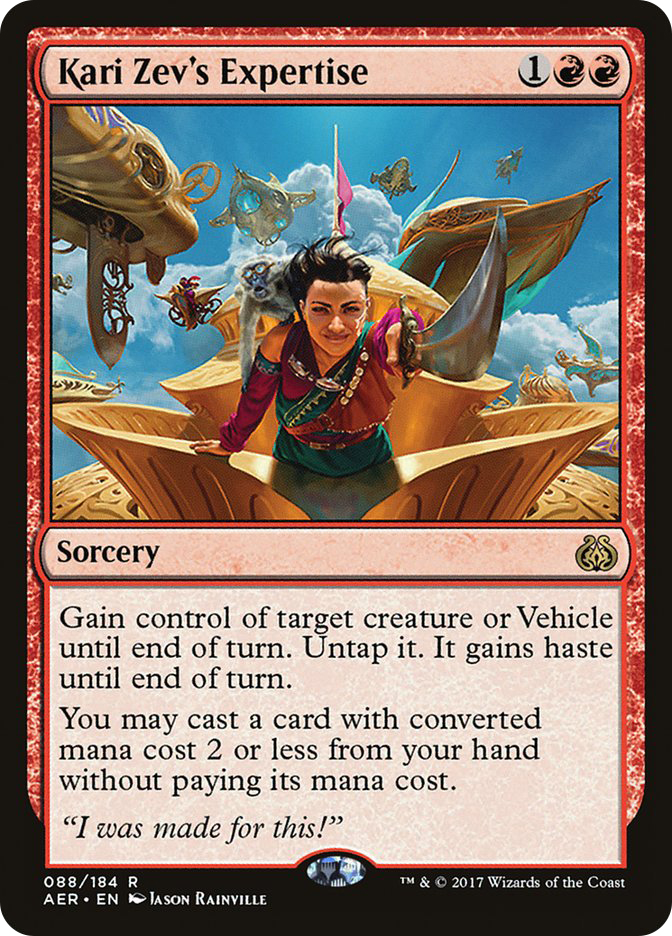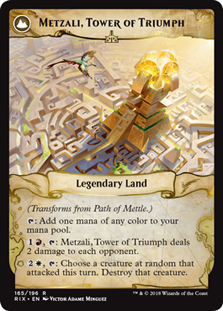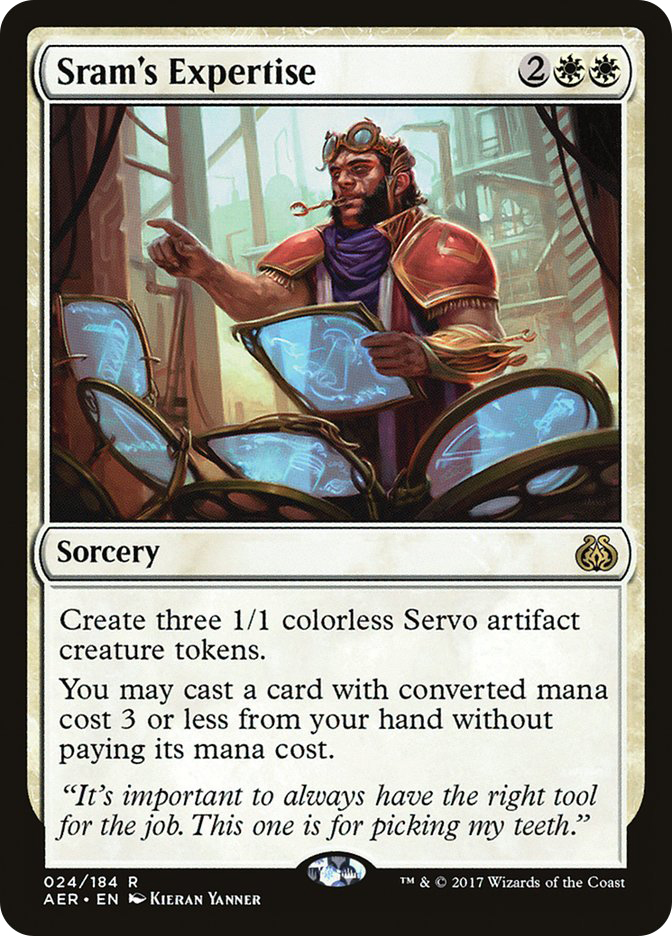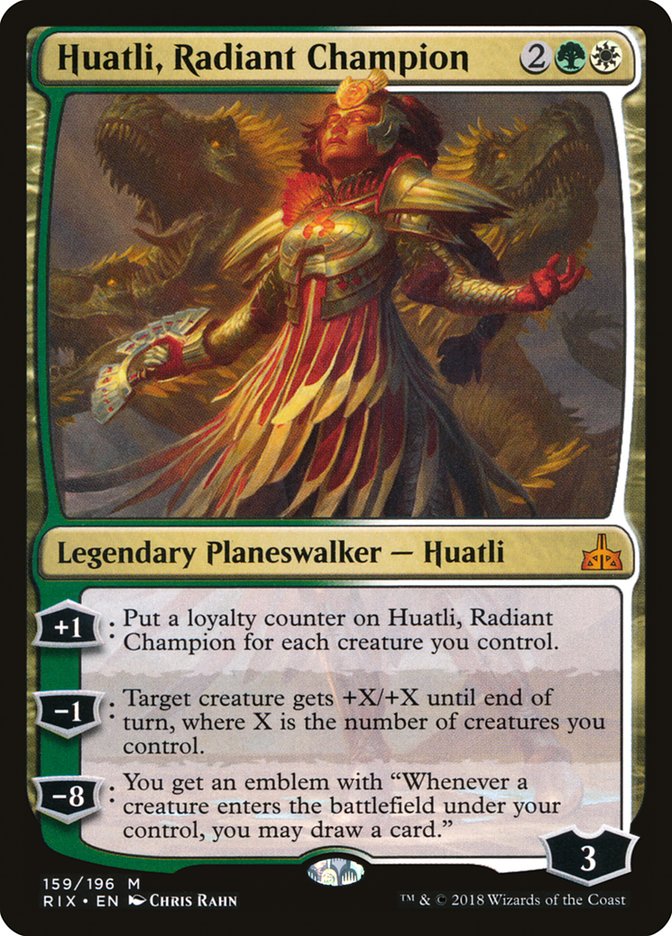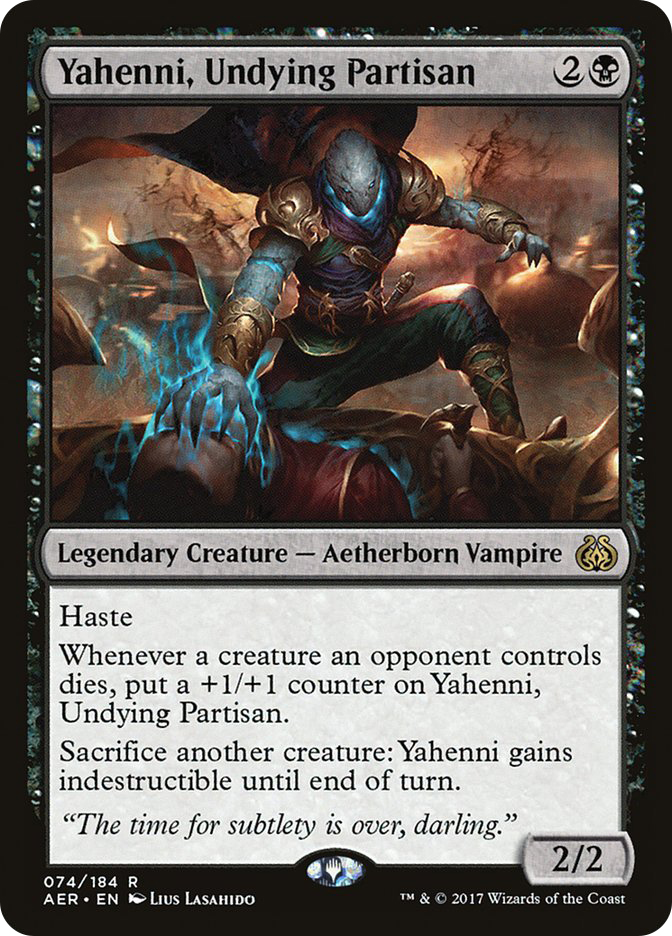I wasn’t sure how I should start an article on my Jeskai Aggro deck from SCG Philadelphia this past weekend. I wanted to talk about how my go-to after the bannings was going to be Mardu Vehicles, but the deck felt like garbage after a few games. I wanted to pay homage to The GAM Podcast and how it gives me inspiration and keeps me in the loop, even when I don’t have the time to cast many spells. I really wanted to start off by telling everyone how boring and uninspired the various Grixis decks are. There will be time for all those topics, but I suppose the best thing to do would be to start from the beginning.
Ramunap Red broke out in a big way last summer at Pro Tour Hour of Devastation. The combination of very aggressive openings, haste creatures, hard-to-answer cards like planeswalkers and Gods, and the reach from lands to close out games made Ramunap Red a nightmare to play against. If you were sitting across from it, your answers needed to come up in a very specific order. Zombies had a strong early game with powerful late-game plays, but then the format rotated and the Zombies shambled off into the night. Energy came next, slowly being tuned into a strong, consistent four-color control deck. Ramunap Red still did a good job of holding its own against the Energy decks, and the combination of the two became quite oppressive on people trying to do anything unorthodox or creative in Standard.
Then Wizards of the Coast went and banned four more cards in Standard!
I could easily get side-tracked here, but I will try to remain focused.
This brings us to just a couple of weeks ago. A brand-new Standard format. Things are wide open. People can do all the fun things that they complained about not being able to do for the last several months. SCG Dallas would set the stage for all the new innovation.
The Top 8 of the Standard Classic? Had two Mono-Red Aggro decks and three Mardu Vehicles.
Sure, some Dinosaurs and some Auras snuck their way into the Top 8 as well, but clearly the format was still vulnerable to aggressive strategies. Hazoret is still a God among mortals, after all.
As I mentioned earlier, I started with Mardu Vehicles, similar to the lists we saw in the Top 8 of the Dallas Standard Classic, but I tried to keep the mana curve as low as possible. Even so, I found the deck to be clunky at times, stumbling on the right colored lands occasionally and having extra cards sitting in my hand when I wanted to deploy Hazoret. Heart of Kiran doesn’t pack the same oomph it once did with so many Fatal Pushes and Abrades running around.
Right around this time I was listening to Gerry Thompson and Bryan Gottlieb discussing the state of new Standard on their podcast. Gerry was pretty high on Daring Buccaneer, using it alongside Dire Fleet Daredevil to add a Pirate package to the old Ramunap Red deck. Bryan talked about all the buzz he was hearing around Path of Mettle. Each of them seemed a bit skeptical about what the other one was promoting, but obviously I was enticed by both of them. After looking around the Internet to see what other people had come up with, I decided there needed to be a pretty big shift in the way the deck was built. Removal-heavy decks were starting to pop up all over the place, and having a bunch of two-drops and three-drops made it easier for the opponent’s removal to keep up with each of my threats and prevent the Path from flipping.
Fast-forward a couple of days and a couple of matches, and I settled on the list I played at SCG Philadelphia.
Creatures (27)
- 4 Bomat Courier
- 3 Kari Zev, Skyship Raider
- 4 Hazoret the Fervent
- 4 Ahn-Crop Crasher
- 4 Rigging Runner
- 4 Daring Buccaneer
- 4 Fanatical Firebrand
Lands (22)
Spells (11)

There are a lot of things going on in this deck that make it really good. In sixteen rounds at SCG Philadelphia, I went 13-3 clobbering, all manner of Grixis decks along the way. The abundance of one-drop creatures ensures there’s always pressure on our opponent. It’s worth reiterating that they will have a difficult time keeping up with our cheap creatures, and our number one goal is attacking as much as possible.
Earthshaker Khenra is still a fine creature, but I trimmed a few lands, so it becomes difficult to eternalize and we have better things to do early in the game. In the old Ramunap Red decks, the scariest starts involved three creatures on the first two turns, followed up with cheap removal or Ahn-Crop Crasher. This Jeskai Aggro list maximizes the possibility of that. The cheap creatures also make flipping Path of Mettle a sure thing.
The final benefit of all the efficient threats is that Hazoret the Fervent, the best card in the deck, is always online. The ability to close out games with Hazoret’s ability or with Metzali, Tower of Triumph is the last angle that puts this deck over the top.
The sideboard felt great, but I would make a few changes moving forward. I only wanted the Negates for some highly specific matchups and those decks seemed underrepresented, so I would remove the blue from the deck entirely until the metagame demands them. Similarly, the Kari Zev’s Expertise was for the G/R Monsters decks that seem to be dominated by the Grixis Energy/Control lists.
Chandra, Torch of Defiance was great, much better for me than the opposing Chandras were for the opponent, because our copies press our advantage much better than theirs. Nearly every card we flip is advancing our gameplan, and the damage that Chandra deals is highly relevant. An opposing Chandra is usually an awkward four-mana removal spell that doesn’t survive through my next attack step.
Rekindling Phoenix has looked strong enough that fitting two or three into the sideboard would add the insurance I want against sweepers. There could also be an argument for Ixalan’s Binding or Cast Out if the white mana is updated after the removal of the blue cards, but I would not want more than one or two of them.
The maindeck should not be tinkered with excessively. I liked the three copies of Path of Mettle a lot, as the single damage they sprayed around often had higher-than-expected value. Once flipped, Metzali is a one-card, synergistic game-ender; the opponent has no chance of attacking you without a large army, and every turn they don’t attack is a turn you can Shock the opponent. In the games were white mana is elusive, the Path of Mettle can be turned into fodder fed to Hazoret.
I would caution against adding the fourth Path because we need a density of creatures to make the card transform and diluting the number of lands that produce red mana will disrupt the hyper-aggressive starts that are the staple of this deck. Kari Zev, Skyship Raider is the one card I wish I could squeeze another copy of into here. It’s a great threat all by itself and another Pirate to help out Daring Buccaneer, but its legendary status made me trim one.
One thing I’m sure of is that we can all do better than the bland Grixis decks that have been gaining in popularity. This is supposed to be a wide-open format with exciting things to explore. Jamming a mess of removal spells into a deck with a few copies of The Scarab God and Torrential Gearhulk is not the best we can come up with.
A mana creature on Turn 2 followed by Sram’s Expertise and Growing Rites of Itlimoc on Turn 3 gives us a Gaea’s Cradle to work with, and none of the cards to make this happen are terrible. The ultimate on Huatli, Radiant Champion lets you draw a card whenever any creature enters the battlefield, not just a spell cast from the hand. Maybe there’s a deck there? Yahenni, Undying Partisan; Oathsworn Vampire, and Bontu’s Monument can be a potent combo in a Vampire deck that would have no problem leveraging all these cards by themselves.
I could go on and on, but I think my point has been made. Let’s brew better!


